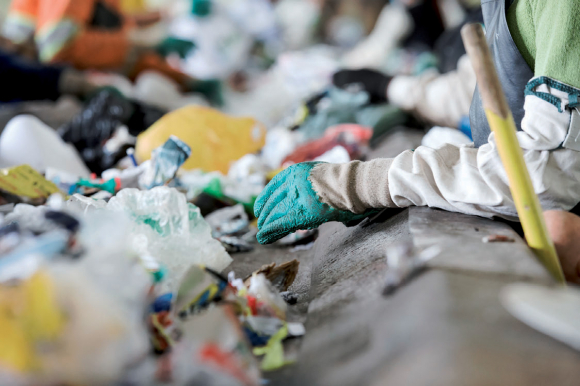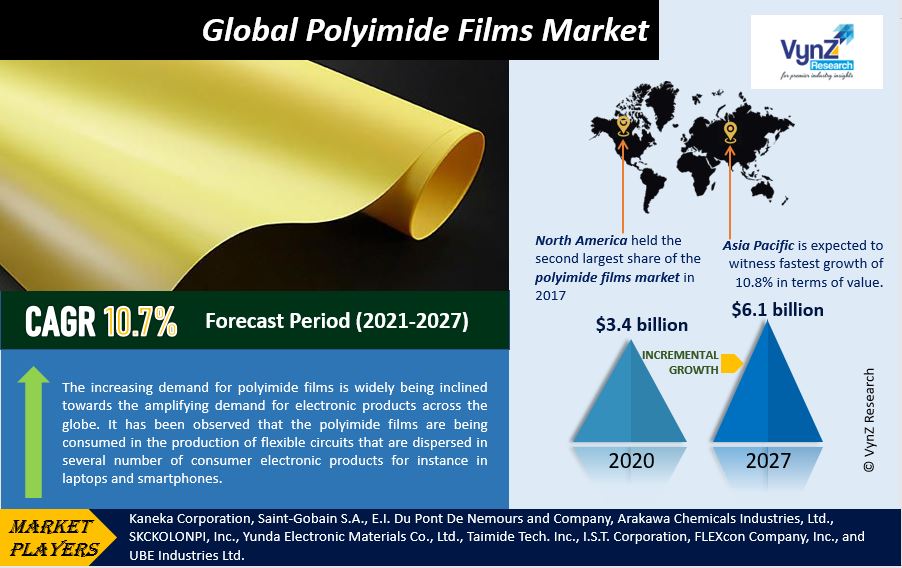In the wake of heightened environmental consciousness and the pressing need for sustainable practices, the packaging industry stands at a pivotal juncture. One of the most notable advancements in this space is the integration of Post-Consumer Recycled (PCR) plastic—a material that holds immense promise in reshaping the industry’s landscape. As we navigate the challenges and opportunities surrounding PCR plastic, it’s imperative to assess its role in shaping the future of packaging.
The Rise of PCR Plastic:
PCR Plastic, derived from recycled materials like used plastic bottles, containers, and other discarded plastics, serves as an eco-friendly alternative to virgin plastics. Its adoption significantly reduces dependency on fossil fuels and curtails the environmental impact associated with conventional plastics. Moreover, PCR plastic helps in diverting plastic waste from landfills and oceans, offering a viable solution to the global plastic pollution crisis.
Challenges:
Despite its potential, PCR plastic faces a range of challenges hindering its widespread adoption within the packaging industry.
-
Quality Concerns: Maintaining consistent quality and purity of PCR plastic remains a key challenge. Contamination issues, variations in material composition, and limited mechanical properties often deter its use in certain high-performance packaging applications.
-
Supply Chain Constraints: Inconsistent supply and availability of high-quality PCR resin pose significant hurdles. Dependence on a steady stream of post-consumer plastic feedstock can lead to fluctuations in material availability and pricing, affecting market stability.
-
Consumer Perception: Misconceptions about the quality and safety of PCR plastic compared to virgin plastic persist among consumers. Addressing these concerns through education and transparent labeling is crucial for wider acceptance.
Opportunities:
Despite these challenges, several opportunities pave the way for the expanded use of PCR plastic in the packaging industry.
-
Technological Advancements: Ongoing research and technological innovations aim to improve the quality and performance of PCR plastic. Advanced sorting and recycling technologies help enhance the purity of recycled materials, making them more suitable for various packaging applications.
-
Regulatory Support and Standards: Governments and industry bodies worldwide are implementing regulations and setting standards to promote the use of recycled content in packaging. These initiatives encourage businesses to adopt sustainable practices and create a more conducive environment for PCR plastic.
-
Consumer Demand for Sustainability: Growing consumer awareness and demand for eco-friendly products create a market pull for sustainable packaging solutions. Brands that prioritize environmental responsibility by using PCR plastic can gain a competitive edge and build stronger customer loyalty.
The Path Forward:
To unlock the full potential of PCR plastic in the packaging industry, a collaborative effort involving stakeholders across the value chain is crucial.
-
Investment in Innovation: Continued investment in research and development is vital to overcome technical limitations associated with PCR plastic. Advancements in recycling technology, material science, and process optimization will drive improvements in quality and performance.
-
Supply Chain Integration: Collaboration among manufacturers, recyclers, and policymakers is essential for building a robust supply chain for PCR plastic. Investments in infrastructure for efficient collection, sorting, and recycling of post-consumer plastics will ensure a steady and reliable supply of recycled materials.
-
Education and Communication: Transparent communication about the benefits, safety, and recyclability of PCR plastic is essential to address consumer concerns and foster acceptance. Brands need to actively engage in educating consumers about the positive environmental impact of using PCR plastic in packaging.
Conclusion:
The future of the packaging industry is intricately linked with the successful integration of sustainable practices, and PCR Plastic stands as a beacon of hope in this regard. Overcoming the challenges associated with PCR plastic while leveraging its opportunities requires concerted efforts and collaboration. Embracing innovation, advocating for regulatory support, and educating consumers will pave the way for a more sustainable packaging landscape, ensuring a brighter and greener future for generations to come.







